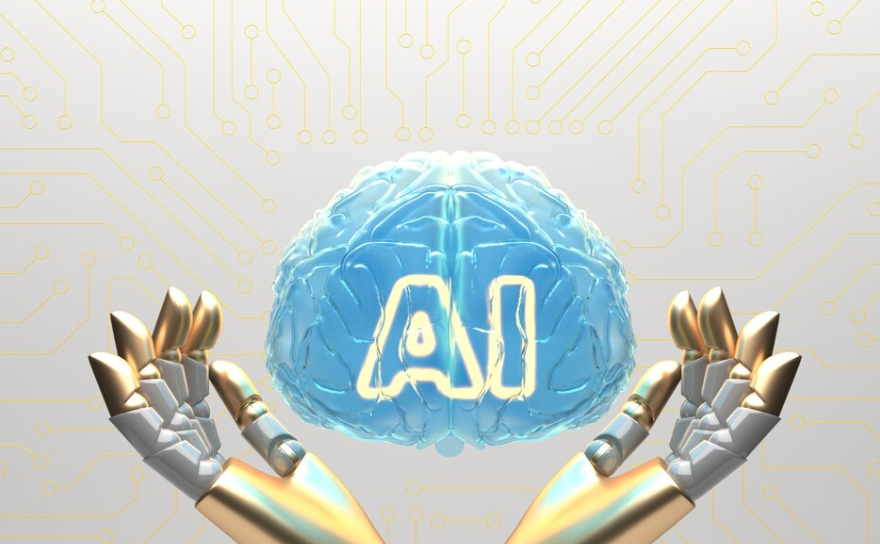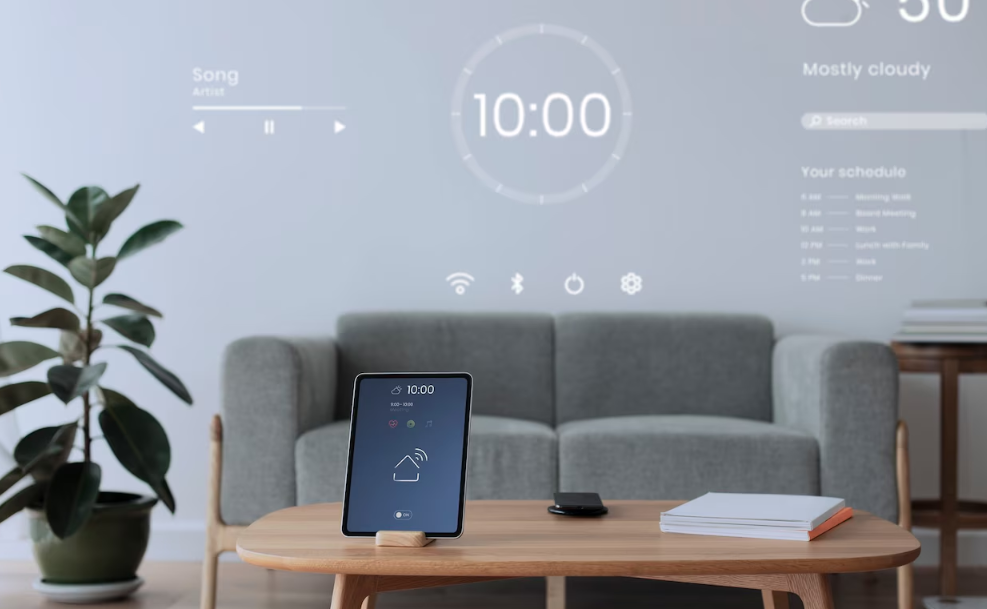The rise of intelligent robots — machines capable of learning, adapting, and performing complex tasks — is no longer a distant sci-fi fantasy. Powered by artificial intelligence (AI), robotics is revolutionizing industries from manufacturing and logistics to healthcare and customer service. However, as these machines become more capable, a critical question arises: Are intelligent robots a threat to human jobs, or could they open new opportunities for employment and economic growth?
This article explores both sides of the debate, analyzing the risks and potential benefits that come with the integration of intelligent robots into the workforce.
The Rise of Intelligent Robots
🤖 What Makes a Robot “Intelligent”?
Traditional industrial robots are programmed to perform repetitive tasks with high precision — think automotive assembly lines or packaging systems. In contrast, intelligent robots are equipped with AI technologies such as:
- Machine Learning: Robots learn from data and improve performance over time.
- Computer Vision: They can recognize and interpret visual information from their environment.
- Natural Language Processing (NLP): Some robots can understand and respond to human speech.
- Autonomous Decision-Making: Intelligent robots can make real-time decisions based on changing environments.
This leap in capability allows robots to take on roles once thought to require human cognition, including customer service, quality inspection, and even medical diagnostics.
The Threat: Job Displacement and Automation
⚠️ The Fear of Job Loss
One of the most common concerns about intelligent robots is the potential loss of jobs. As robots become more proficient, companies may replace human labor to increase efficiency and reduce costs. Sectors most at risk include:
- Manufacturing: Automated machines can assemble, weld, and paint faster and more consistently than human workers.
- Retail and Service: Self-service kiosks and robotic assistants can perform tasks traditionally handled by clerks or waiters.
- Transportation: Autonomous vehicles may eventually replace truck drivers, delivery personnel, and taxi drivers.
- Customer Support: AI-powered chatbots and virtual assistants are increasingly handling inquiries, reducing the need for human agents.
A 2020 report by the World Economic Forum predicted that 85 million jobs could be displaced by automation by 2025, with routine and repetitive tasks being the most vulnerable.
👥 Uneven Impact Across Demographics
Job displacement doesn’t affect everyone equally. Workers in low-skilled, routine jobs are often the most impacted, particularly in developing economies. Meanwhile, workers with higher education and digital skills tend to benefit more from technological changes. This creates a risk of widening economic inequality unless proactive measures are taken to support workers through retraining and education.
The Opportunity: Innovation, New Jobs, and Productivity
🌱 Job Creation Through Innovation
Despite concerns, intelligent robots also have the potential to create jobs and boost economic growth. Here’s how:
- New Roles in Robotics and AI: As robots become more prevalent, demand grows for designers, programmers, engineers, and maintenance technicians who build and manage these systems.
- Human-Robot Collaboration: In many industries, robots complement human workers rather than replace them — assisting with heavy lifting, precision tasks, or repetitive actions while humans focus on oversight and complex decision-making.
- Expansion of Emerging Fields: Robotics enables the rise of new sectors such as autonomous vehicles, drone logistics, and smart healthcare — all of which require human talent to develop and operate.
- Increased Productivity: Intelligent automation increases productivity, lowers production costs, and can make goods and services more affordable. This, in turn, can stimulate demand and lead to indirect job creation in other areas.
🧠 Reskilling the Workforce
To fully harness the benefits of intelligent robotics, reskilling and education are essential. Workers need to adapt to changing job requirements by acquiring digital and analytical skills. Governments, educational institutions, and companies must invest in:
- STEM education (Science, Technology, Engineering, Math)
- Vocational training in automation and robotics
- Digital literacy programs for all age groups
- Public-private partnerships for workforce transformation
By preparing the workforce for the future, societies can transform technological disruption into a catalyst for long-term prosperity.
Balancing Automation with Human Potential
🤝 A Collaborative Future
The future of work doesn’t have to be a battle between humans and machines. In fact, the most promising vision is one of collaboration, where robots take over dangerous, dull, or physically demanding tasks, while humans focus on roles requiring empathy, creativity, and strategic thinking.
For example:
- In healthcare, surgical robots assist doctors with precision tasks, while human doctors make diagnosis and treatment decisions.
- In education, AI tutors can support learning, while teachers provide emotional engagement and mentorship.
- In manufacturing, robots handle repetitive assembly, but humans manage quality control and process optimization.
This synergy between man and machine could lead to a more fulfilling and efficient workforce, where human potential is enhanced, not replaced, by technology.
Conclusion: Threat or Opportunity?
Intelligent robots present both challenges and opportunities. While the risk of job displacement is real, the broader picture is more nuanced. With thoughtful planning, investment in education, and a willingness to adapt, societies can transform this technological revolution into an engine of innovation, inclusion, and economic growth.
Rather than asking if robots will replace humans, perhaps the better question is: How can we work together to build a future where technology uplifts humanity?


